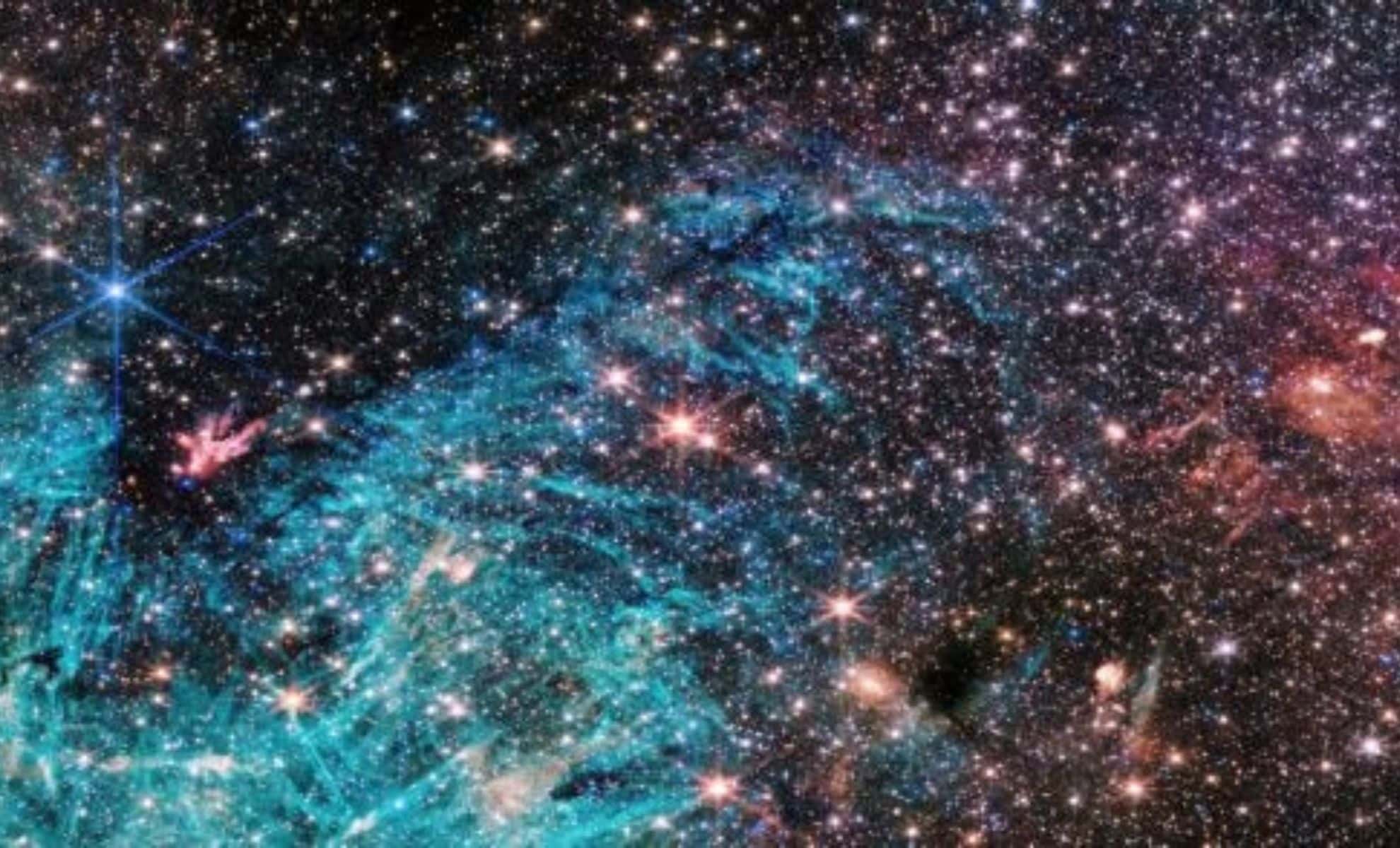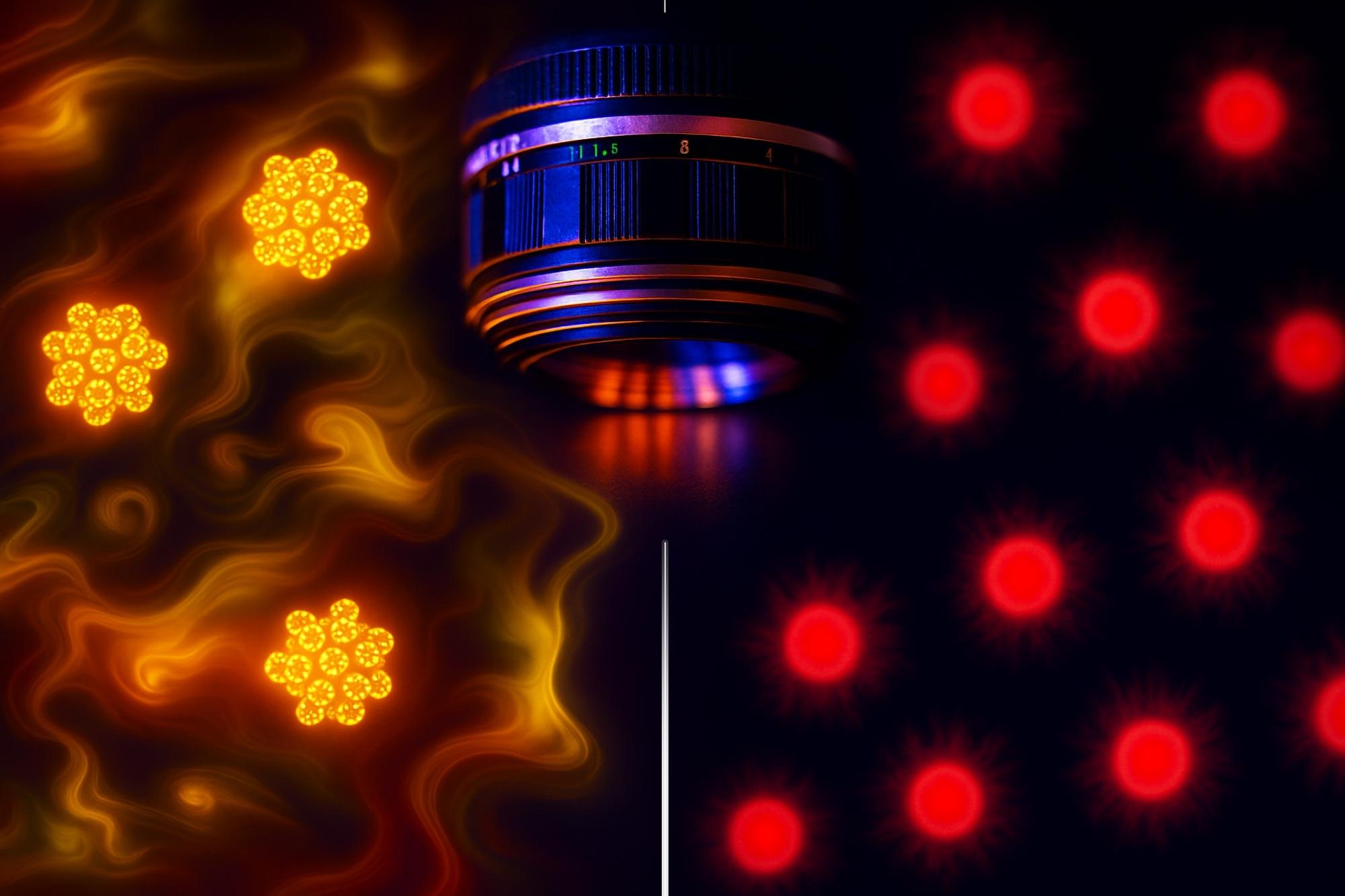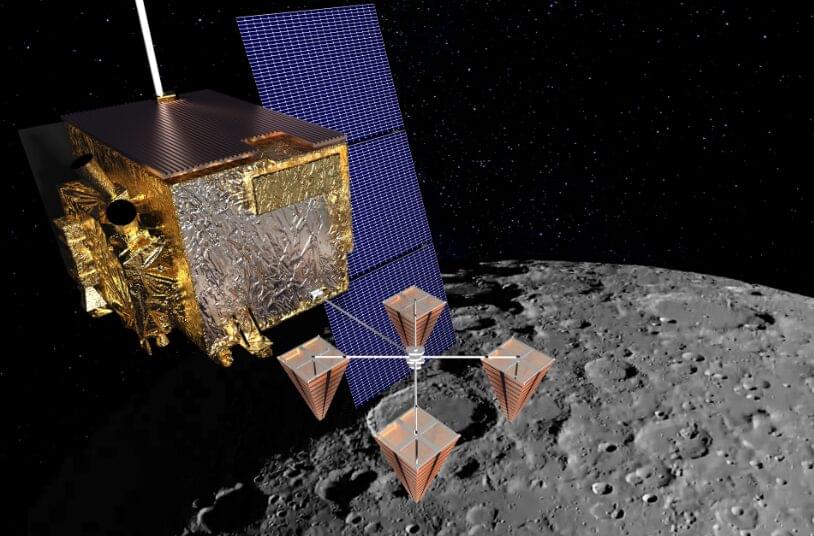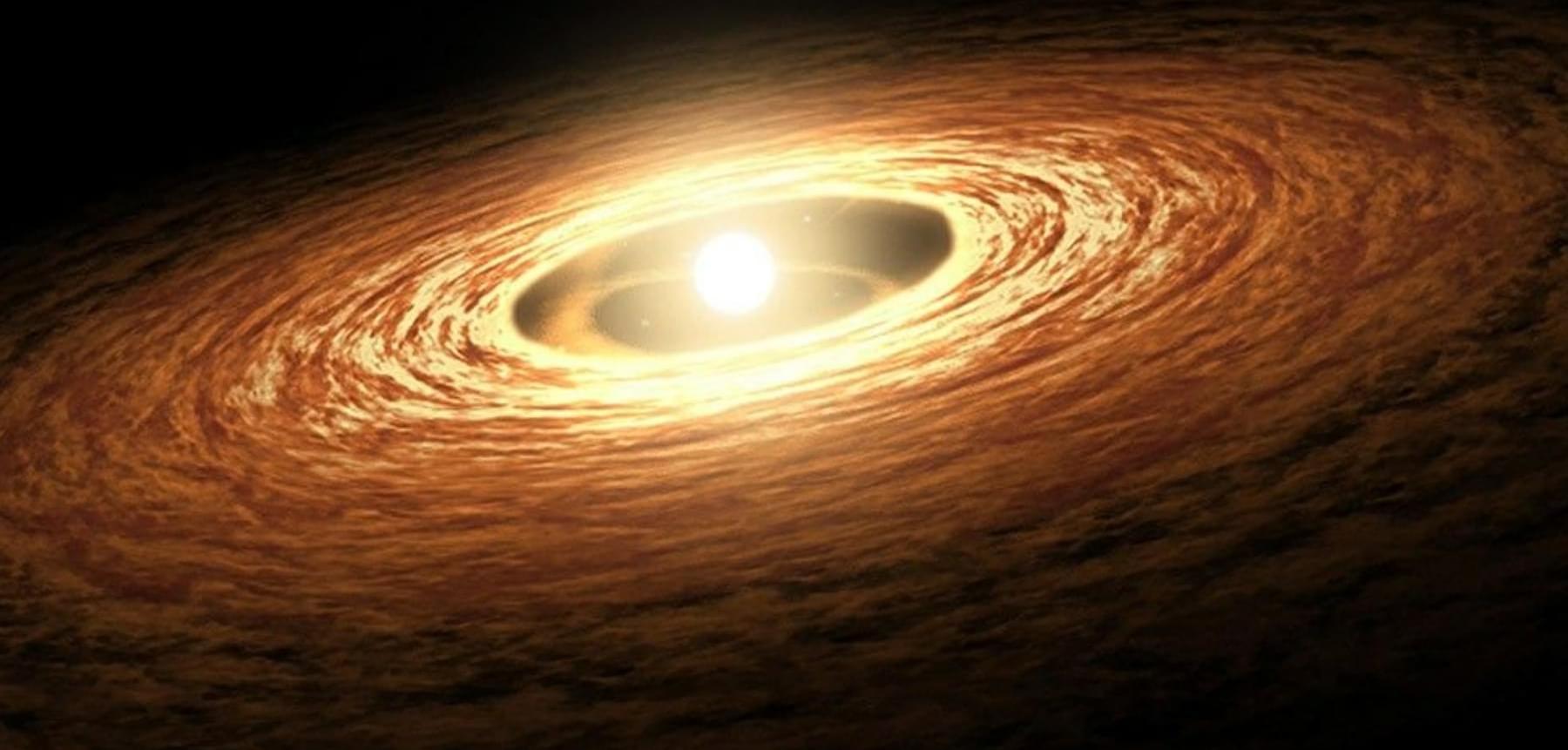A high-resolution imaging system captures distant objects by shining laser light on them and detecting the reflected light.
One of astronomers’ tricks for observing distant objects is intensity interferometry, which involves comparing the intensity fluctuations recorded at two separate telescopes. Researchers have now applied this technique to the imaging of remote objects on Earth [1]. They developed a system that uses multiple laser beams to illuminate a distant target and uses a pair of small telescopes to collect the reflected light. The team demonstrated that this intensity interferometer can image millimeter-wide letters at a distance of 1.36 km, a 14-fold improvement in spatial resolution compared with a single telescope.
Interferometry is common in radio astronomy, where the signal amplitudes from a large array of radio telescopes are summed together in a way that depends on the relative phases of the radio waves. Intensity interferometry is something else. It doesn’t involve addition of amplitudes or preservation of phases. Instead, light is recorded from a single source at two separate detectors (or telescopes), and the fluctuations in the intensities of the two signals are compared. Spatial information on the source comes from analyzing how these fluctuations are correlated in time and how this correlation depends on the detector separation.







